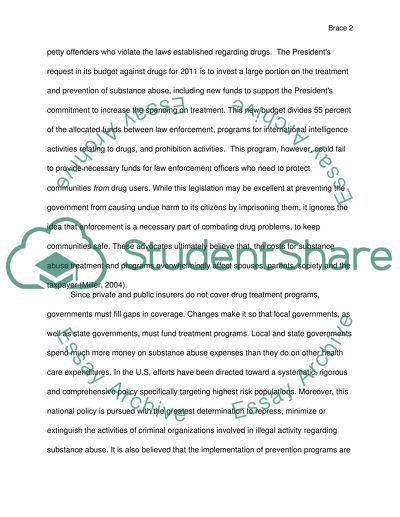Cite this document
(Distributing Funds Among Programs For Substance Abuse Essay, n.d.)
Distributing Funds Among Programs For Substance Abuse Essay. https://studentshare.org/law/1586130-alternatives-to-incarceration
Distributing Funds Among Programs For Substance Abuse Essay. https://studentshare.org/law/1586130-alternatives-to-incarceration
(Distributing Funds Among Programs For Substance Abuse Essay)
Distributing Funds Among Programs For Substance Abuse Essay. https://studentshare.org/law/1586130-alternatives-to-incarceration.
Distributing Funds Among Programs For Substance Abuse Essay. https://studentshare.org/law/1586130-alternatives-to-incarceration.
“Distributing Funds Among Programs For Substance Abuse Essay”. https://studentshare.org/law/1586130-alternatives-to-incarceration.


